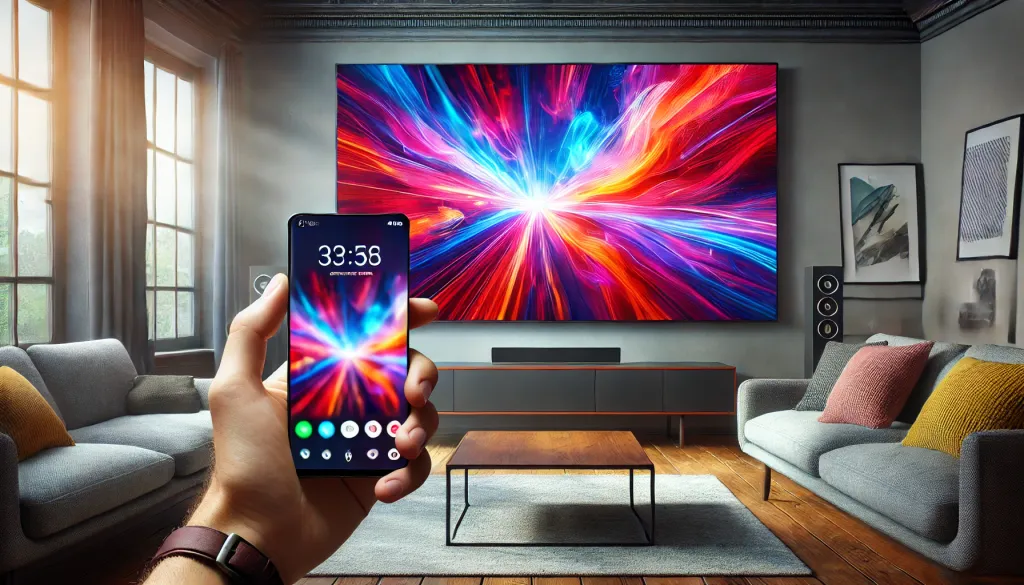
TCL presents a new series of televisions with QD-Mini LED technology
On 25 March 2025, during an event in Paris, TCL announced the premiere of the C series televisions featuring the 7th generation of QD-Mini LED technology. The C6K, C7K, C8K, and C9K models will be available in sizes ranging from 50 to 115 inches. The company emphasises that for the first time, its flagship solutions will reach a wider audience. Here are the specific details.
What do we know about the new C series televisions?
All models of the C series use QD-Mini LED technology, which combines precise backlight control (Halo Control system), increased brightness, and improved contrast. It also features Condensed Micro Lens – a solution aimed at reducing energy consumption while maintaining high brightness. The AiPQ processor (in the Pro version for the C9K model) is responsible for dynamic image optimisation in real-time, adjusting colour balance and reducing blur.
Each television has a refresh rate panel of 144 Hz, and in gaming mode (Game Accelerator), it can go up to 288 Hz. Support for HDMI 2.1 and FreeSync Premium Pro technology is intended to ensure smooth gaming. Additionally, there is collaboration with Bang & Olufsen for sound systems in the C7K, C8K, and C9K models.
Models – differences and specifications
Model | C6K | C7K | C8K | C9K |
|---|---|---|---|---|
Number of zones | 512 | 2048 | 4000 | 5148 |
Panel | no information | HVA | WHVA (wide viewing angle) | WHVA (wide viewing angle) |
Special features | Motion Clarity Pro 144 Hz | Audio Bang & Olufsen, Game Accelerator 288Hz | Audio Bang & Olufsen, Game Accelerator 288Hz | Audio Bang & Olufse, Game Accelerator 288Hz |
The press release did not specify which size the given number of backlighting zones refers to. So we can only wait for the first test copies to find out!
TCL announces that the new series is set to tackle common issues with LED televisions, such as halo effect and uneven backlighting. The biggest change will be the new WHVA panel, which provides wider viewing angles. Until now, similar solutions were primarily reserved for more expensive models, such as Samsung QN92D and above, or Sony Bravia 9. Of course, everything sounds great on paper, but how it will perform in practice remains to be seen. Fortunately, the first models will soon hit the shops, so we will be testing them for you shortly!
 Tomasz Wadowski
Tomasz Wadowski













